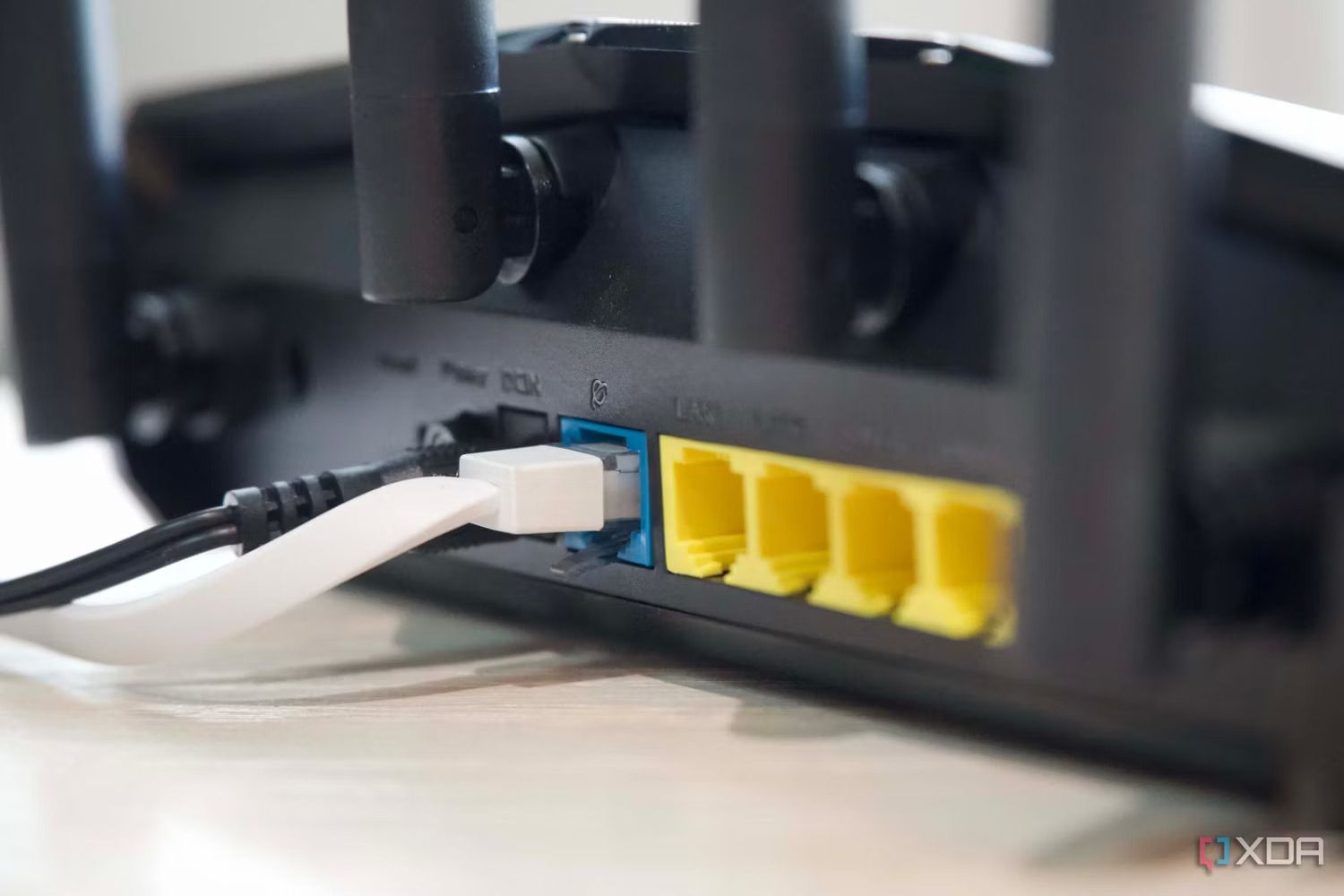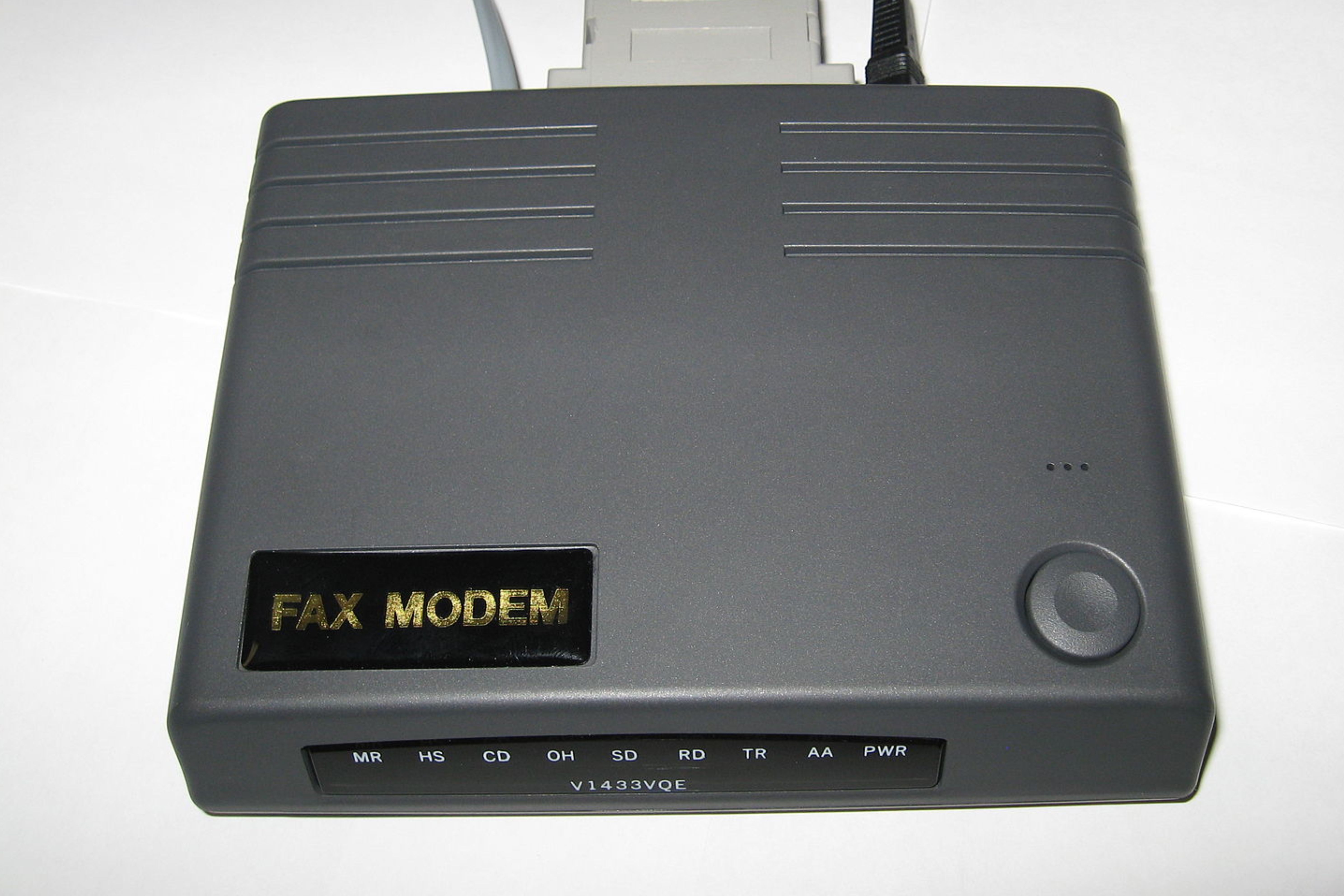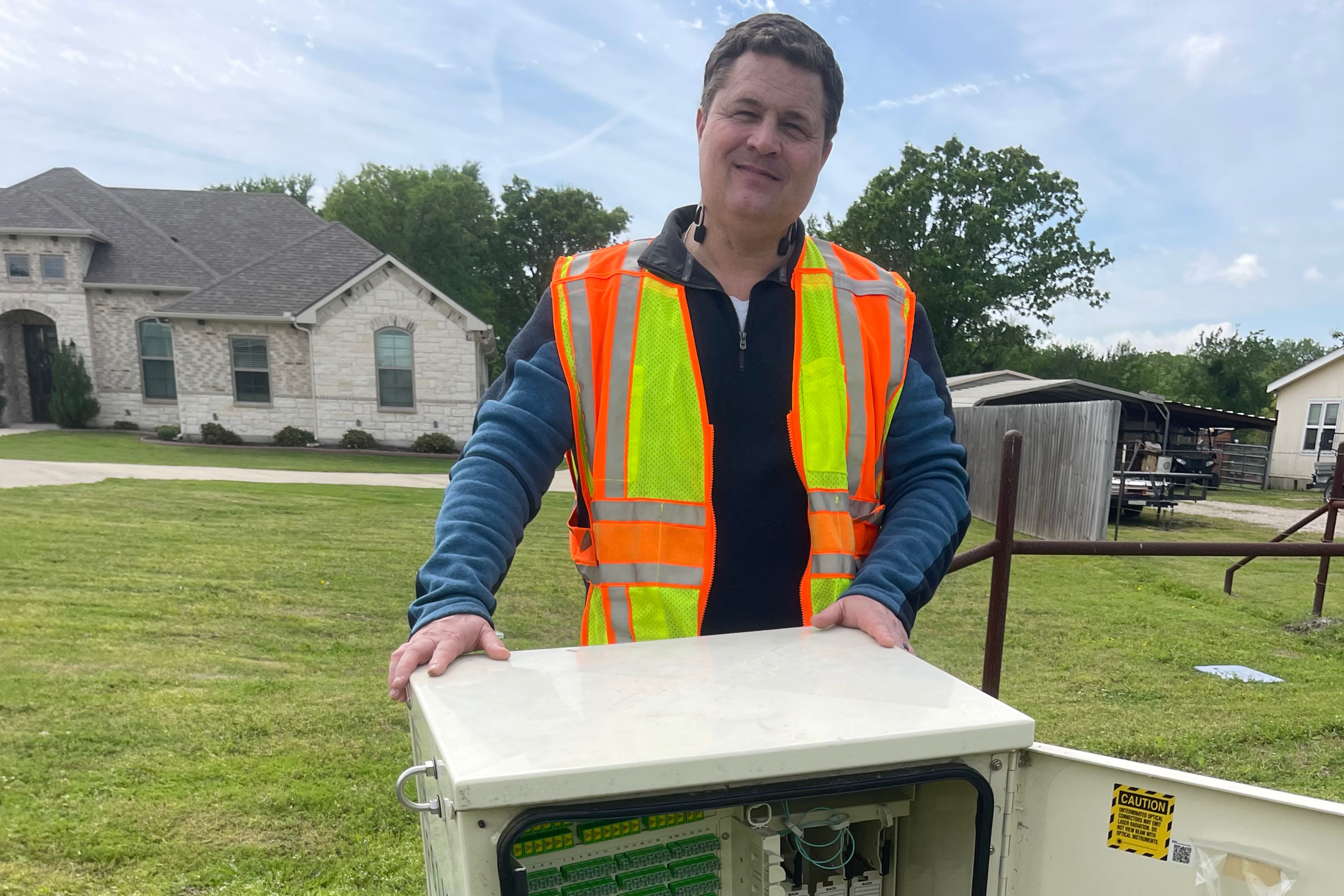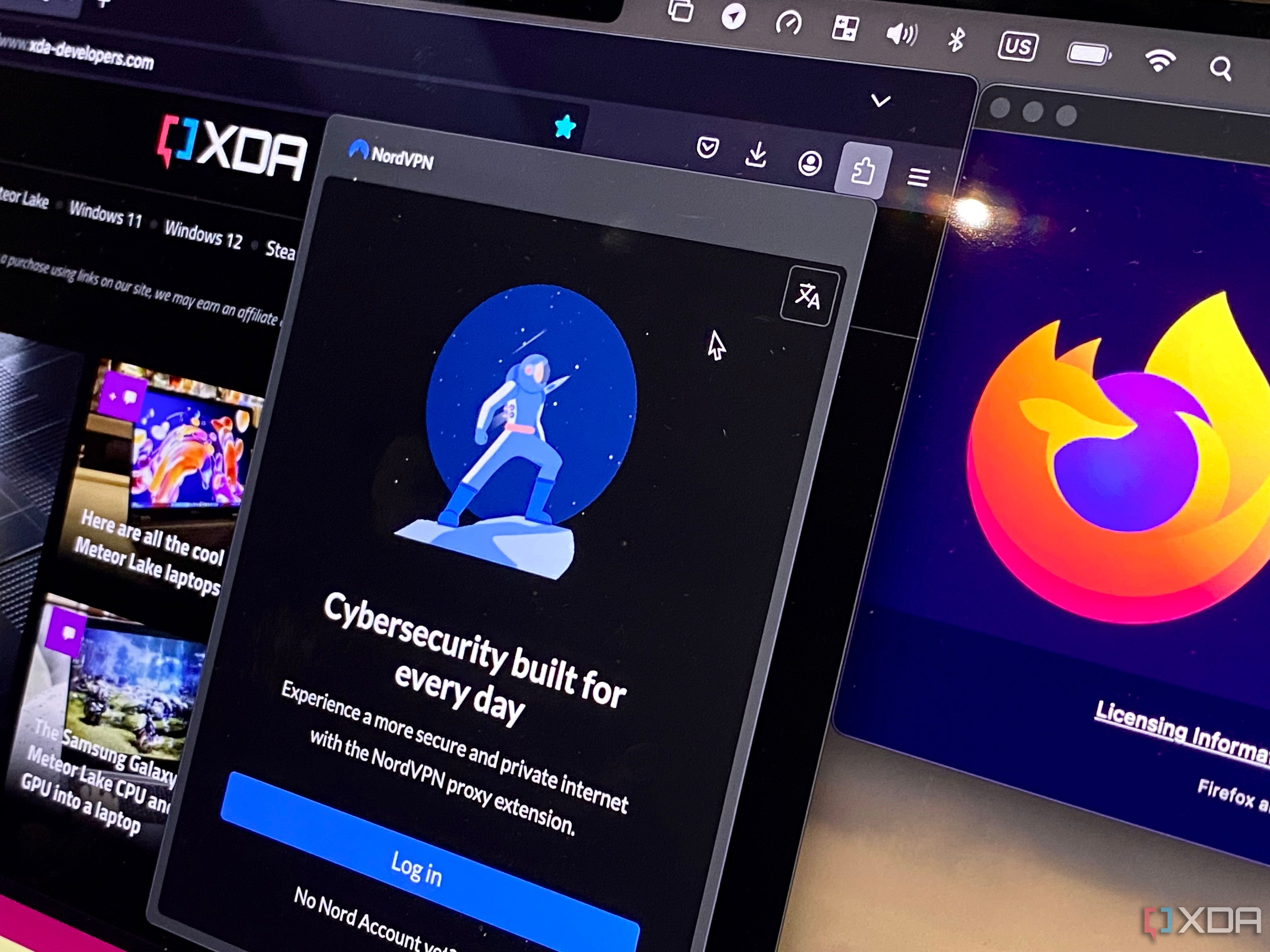Key Takeaways
- The World Wide Web was launched for free in 1993, revolutionizing the way people used the internet.
- DSL was created to address clogging issues in AT&T’s phone lines caused by the slow speeds of dial-up internet. Now, AT&T now focuses on expanding fiber optic internet.
- VPNs, essential for modern networking, were deployed alongside DSL and enabled digital remote work for the first time.
The World Wide Web was launched into the public domain on this day 31 years ago, kickstarting an endless quest for worldwide connectivity and creating the early stages of the internet as we know it today. Instead of licensing the World Wide Web or locking it behind a paywall, creator Tim Berners-Lee convinced the CERN research lab to make it available for free starting April 30, 1993. It completely changed how people used the internet, introducing websites and browsers that served as a better alternative for computer-to-computer networking. However, the viability of the internet and the web was still hampered by the incredibly slow speeds of dial-up connectivity. Downloads could take hours and webpages would take several minutes to load, and since dial-up used regular phone lines, no one else could make calls while you accessed the internet.
Around the same time as the World Wide Web was thrust into the public domain and began to find its footing, Eddy Barker — who is now AT&T’s AVP of Mobility and Access Architecture and recently earned the AT&T Fellow designation — began working on digital subscriber line (DSL) technology. Barker designed and implemented DSL for early field trials starting in 1996, and it was later widely rolled out to consumer and business customers. We spoke to Barker, who currently works on high-speed fiber deployment, about the creation of DSL and his three decades in broadband.
DSL was created to solve a problem
No, it wasn’t just the painfully-slow internet speeds of dial-up
A dial-up modem used to connect to the internet over phone lines.
Dial-up internet posed a problem for AT&T, and the underlying issue went deeper than just slow internet speeds. AT&T, which is known for telephone and cellular communications first and foremost, noticed its phone lines were being clogged up by people using dial-up internet. The company needed a way to offload the bandwidth people were using for dial-up internet somewhere else, and this need is what drove AT&T’s DSL initiatives.
“We were just starting to see the early adoption of the internet,” said Barker. “Ultimately, the problem that we had with telephone communications at the time was that a lot of our customers were calling into the initial adoption of the internet service with telephone modems. Or, they were calling into their companies, and they were staying connected for hours and hours and hours. It was putting a huge load on our network.”
Eddy Barker, an AT&T Fellow, in the field.
Beyond the goal of freeing up valuable bandwidth on AT&T’s phone lines, Barker and the team pioneering DSL realized that dial-up modems likely couldn’t keep up with the evolving World Wide Web. At the time, the internet wasn’t known for featuring graphics and video, but that was starting to change. The personal computing revolution and the rise of the graphical user-interface (GUI) exposed more people to visual computing, and the web made it possible to extend those properties to websites. But dial-up was already struggling to load webpages, and more graphical and visual components to sites would only make matters worse. That’s why the move to DSL was essential in allowing the World Wide Web to grow.
“What we saw was a lot of different technology areas at the time were really starting to come together to drive some massive change” — Eddy Barker, AT&T
With a bunch of hardware and software breakthroughs all happening around the same time, the internet saw immense growth in a short period. “It was really the collision of all those different innovations that had happened over the years,” Barker said. “It was just a chasm that we happened to cross at the same time.”
DSL started out using the infrastructure that was already out there in telephone lines, but this time segmenting it into higher and lower bandwidth. Users could connect to the internet via the higher bandwidth, while the lower bandwidth was reserved for telephone calls. This meant that computers could be connected to the internet via DSL permanently, and you wouldn’t have to disconnect a dial-up modem if you wanted to place a call. In some ways, the advancements were slow, because one big advancement would uncover a new bottleneck. First there was the lack of Ethernet ports on computers, then there was the inability of hard drives to keep up with increasing download speeds. The World Wide Web, DSL, and other technologies all pushed each other forward.
We wouldn’t have VPNs without DSL
An essential part of modern networking was made possible by DSL
A commercial VPN opened in Windows.
Ever use a great VPN to keep your browsing activity private? Or maybe spoof your location and hide your IP address? You might not know that this functionality dates back to the creation of DSL, and Barker’s team was the first to deploy a virtual private network (VPN) in action. At the time, VPNs were primarily used to connect employees and students with companies and universities. According to Barker, the introduction of the VPN was one of the first real applications of DSL technology after it rolled out.
“I would say that the ability to work from home, or connect from home, with VPN at that time was as important and tied together with internet access” — Eddy Barker, AT&T
Now, VPNs are a staple of networking. They’re used today for privacy or to get around location requirements, among other functions, but VPNs were originally used to enable working from home. Before DSL and VPNs, there was no reliable way to connect with your company or school from afar.
“It was not super fun to connect into your company from home to get access to certain resources because it was just so slow,” Barker said. “Sometimes you would just choose to go into work because the experience was so horrible.” It’s fascinating how many things that are taken for granted today can be traced back to DSL, including everything from VPNs to the entire feasibility of remote work.

NordVPN review: Advanced internet privacy features on all your devices
More than just a standard VPN, NordVPN boasts specialty servers and countless privacy features across desktop and mobile.
Fiber is the future
AT&T wants to get fiber (and symmetrical speeds) everywhere it can
An Ethernet cable connected to a laptop with an adapter.
Now, Barker and AT&T are looking to the future of broadband, which lies in fiber. AT&T set a goal years ago that it wanted to reach 30 million business and consumer locations with fiber by 2025, and as that date approaches, the company says it is on pace to hit the target. As of now, it has passed 27.1 million fiber locations. Fiber is the key to not only high speeds, but also symmetrical speeds. These are available when supported upload and download speeds are equal, and symmetrical speeds are more important now than ever. With people streaming and uploading user-generated content, Barker says there is more growth in upstream traffic than downstream traffic lately. Downstream is still used more, but demand is flipping.
“It’s really critical that we try as much as possible to balance performance out,” Barker said. “Certainly for our fiber products, we’ve been very adamant about trying to push symmetrical solutions where we can allow all this transmission of data in both directions and optimize that.”
Through over three decades at AT&T, Barker has seen a lot of advancements in broadband connectivity. Fiber feels like an insane leap forward, with companies like AT&T now offering 20-Gig symmetrical speeds in some areas. However, for Barker, nothing beats that initial jump from dial-up to DSL — which came shortly after the launch and explosion of the World Wide Web.
“The biggest jump, from a transformation perspective, was just the initial DSL deployment, simply because that kind of started it all. Nothing really existed before that was the internet as we knew it,” Barker recalled. “Since that time, we’ve just been evolving to support all the creativity from every type of industry that wanted to use the outlet of internet connectivity across the world.”

Tyler Fields is your internet guru, delving into the latest trends, developments, and issues shaping the online world. With a focus on internet culture, cybersecurity, and emerging technologies, Tyler keeps readers informed about the dynamic landscape of the internet and its impact on our digital lives.






